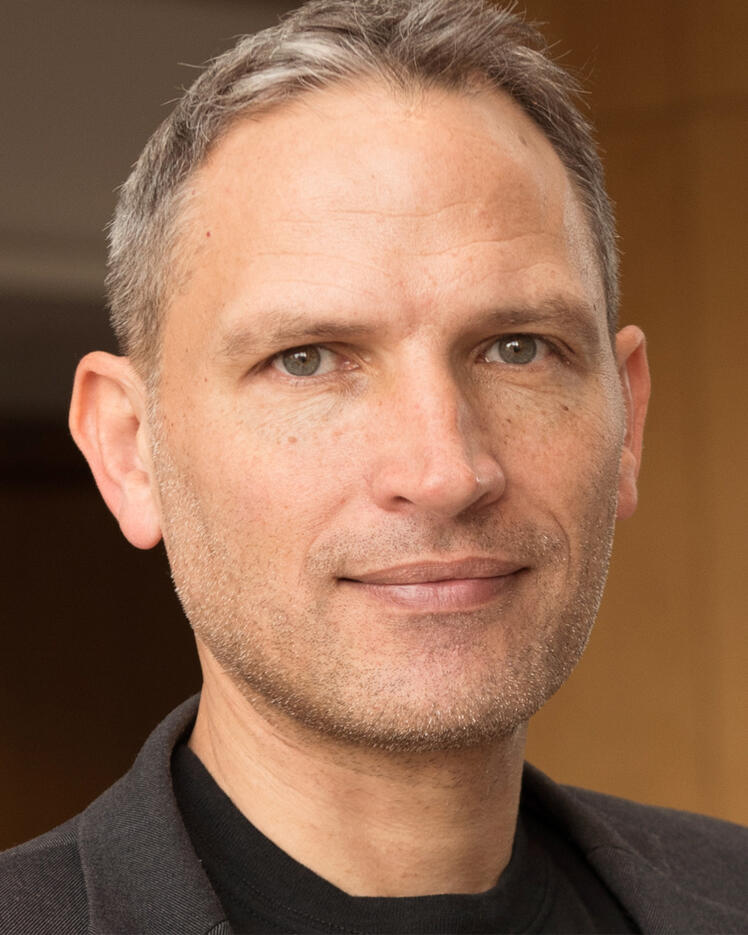
Karim Jerbi
Biographie
Karim Jerbi est professeur agrégé au Département de psychologie de l'Université de Montréal. Il est titulaire de la Chaire de recherche du Canada en neurosciences computationnelles et en neuro-imagerie cognitive et directeur du centre UNIQUE, le centre de recherche en neuro-IA du Québec. Il est membre du Collège de nouveaux chercheurs et créateurs en art et en science de la Société royale du Canada.
Il a obtenu un doctorat en neurosciences cognitives et imagerie cérébrale de l'Université Pierre et Marie Curie à Paris (France) et un diplôme en génie biomédical de l'Université de Karlsruhe (Allemagne). Ses recherches se situent au carrefour des neurosciences cognitives, computationnelles et cliniques. Leur objectif est de sonder le rôle de la dynamique cérébrale à grande échelle dans la cognition d'ordre supérieur et d'étudier les altérations des réseaux cérébraux dans les cas de troubles psychiatriques et neurologiques.
La recherche multidisciplinaire menée dans son laboratoire combine la magnétoencéphalographie (MEG) et l'électroencéphalographie (EEG) du cuir chevelu et intracrânienne avec le traitement avancé des signaux et l'analyse des données, y compris l'apprentissage automatique. Les projets qui y sont en cours utilisent des enregistrements cérébraux électrophysiologiques pour examiner la dynamique des réseaux cérébraux à grande échelle dans une série de processus cognitifs (par exemple la prise de décision et la créativité) et dans différents états de conscience (éveil au repos, sommeil, rêve, anesthésie, méditation et états psychédéliques).
Karim Jerbi est fortement engagé dans la promotion de la justice sociale, de l'équité, de la diversité et de l'inclusion. Il s'intéresse également de près à la convergence entre les sciences du cerveau, l'IA, la créativité et l'art.


